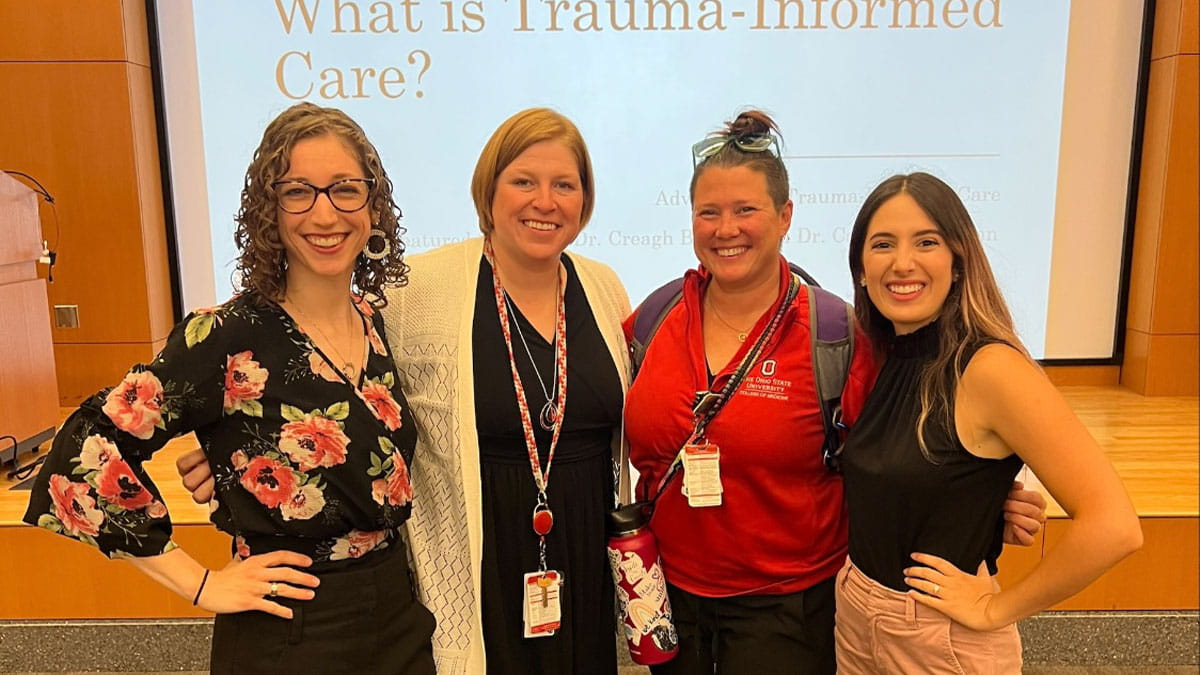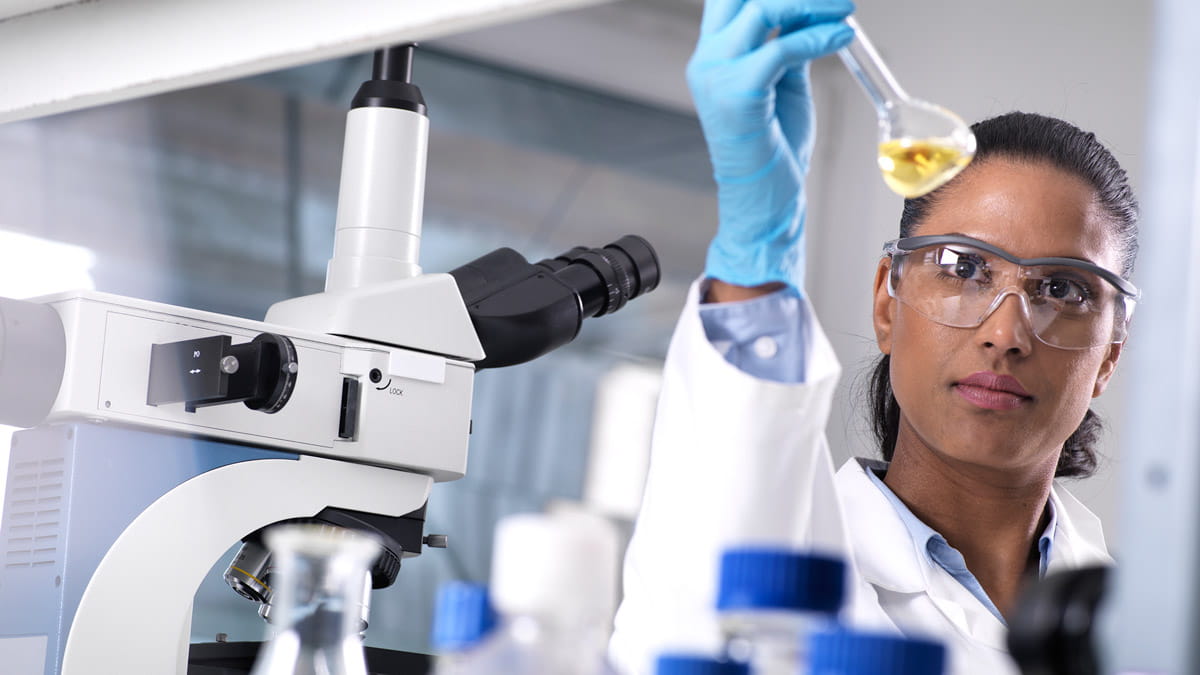Researchers receive $3.1 million grant from the National Institutes of Health for ongoing cardiovascular research

Researchers E. Douglas Lewandowski, PhD, professor of Internal Medicine and Kristin Stanford, PhD, professor of Physiology and Cell Biology at The Ohio State University College of Medicine, have been awarded a $3.1 million grant from the National Heart Lung and Blood Institute of the National Institutes of Health.They will study the role of reciprocal responses of the heart and adipose tissue to pressure overload stress on the heart in the pathogenesis of acquired heart failure. They aim to explore potential cardioprotective adaptations that occur as a result of this metabolic crosstalk between adipose tissue and the diseased heart.
Recent studies in both the Lewandowski and Stanford labs led to the development of this new proposed research effort. Work in the Lewandowski lab demonstrated that both whole body insulin sensitivity and white adipose tissue respond to localized pressure overload stress on the heart from hypertension or valve disease. These diseases lead to overt heart failure and the remodeling of metabolic enzymes in the heart, which induces the heart to produce signaling molecules that activate adipose tissue. In addition, findings from the Stanford lab have demonstrated that adipose tissue plasticity and activation of brown adipose tissue enhance cardiac function and have a protective effect on cardiac function in diseased hearts following myocardial infarction due to a heart attack.
“This research will determine how pathological stress on the heart induces metabolic adjustments to both the heart and adipose tissue,” Dr. Lewandowski says. “And how these tissues interact and mediate both cardiac metabolic remodeling and the development of decompensated cardiac hypertrophy.”
This could also have potential consequences to systemic metabolism. The study will first evaluate the role of signaling molecules generated by the heart, specifically natriuretic peptides, in response to altered cardiac fat oxidation as activators of adipose tissue plasticity. Second, the potential for a cardioprotective role of the “beiging” of white adipose tissue and brown adipose tissue activation will be examined.
While the cardiac responses to pathological stress include maladaptive remodeling of lipid metabolism, the effects of adipose plasticity on the cardiac lipid profile during the development of pathological hypertrophy are unexplored. The findings of this new study will contribute new insights into the adipose responses and contributions to metabolic remodeling of the heart during the pathogenesis of decompensated cardiac hypertrophy.
“This work has the potential to identify targets for remediating the progression to overt heart failure and improving peripheral and systemic metabolic dysfunction,” Dr. Stanford says.
Explore more stories of innovation, clinical care, education and community outreach at The Ohio State University College of Medicine.
Ohio Ocular Oncology Symposium
This course provides an overview of the latest developments and therapeutic approaches for rare eye tumors. Led by specialists in the field, it focuses on practical clinical insights that aid in the effective management of intricate cases. The program will cover updates on tumors of the ocular surface, retinoblastoma, and various intraocular tumors, including uveal melanoma. Essential points will be underscored through case studies. The course will also feature discussions on clinical insights gained from managing challenging and atypical cases. It is tailored for ophthalmologists, residents, fellows, and medical students.
Date: Saturday, September 28, 2024
Time: 8:00 a.m. - 5:00 p.m.
Location: Energy Advancement Innovation and Innovation Center
2281 Kenny Rd, Columbus, OH 43210
To RSVP email, eye@osumc.edu

Questions?
Email:Jennifer.Osborne@osumc.edu



